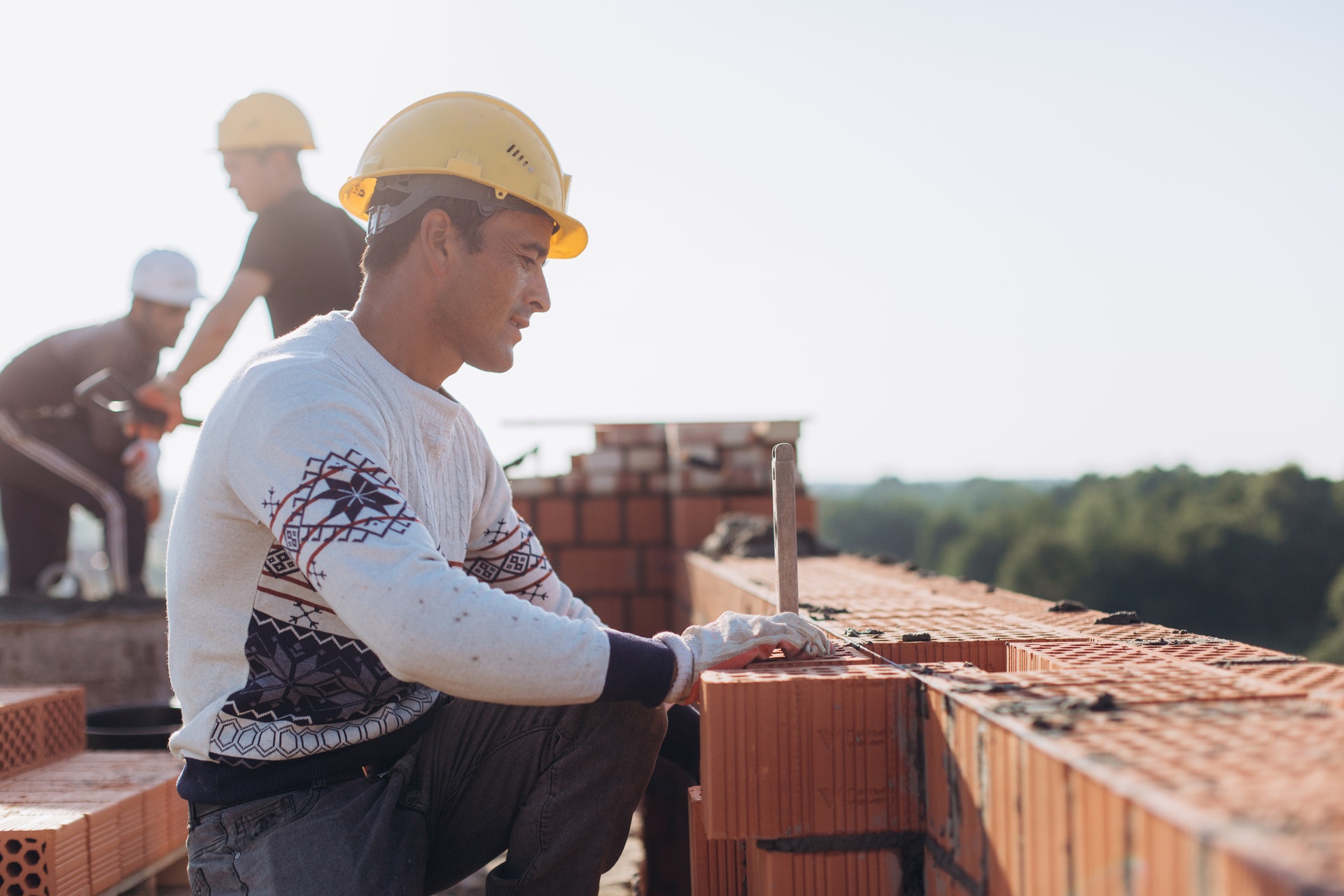Construction sites are full of risks, especially for workers. In fact, in the U.S., construction remains one of the most dangerous industries to work in.
Between falls from ladders and carpenters hitting their heads on ceiling rafters, there are a number of hazards on any given site. Confined spaces also rank among one of the most dangerous situations that construction workers can find themselves in.
However, confined space rescue teams can prevent dangerous and even fatal incidents on your construction site by identifying potential confined spaces and developing plans to safely enter them without risking the lives of employees.
Keep reading to learn more about confined space rescue teams and why they’re so important for keeping your crew safe at work.
What is a Confined Space?
A confined space in a construction site is any enclosed space that has limited entry and exit points such as a manhole.
Confined spaces can be dangerous because they have poor air circulation and can trap and/or displace poisonous gases. They can also become flooded, posing an immediate risk to workers.
However, a confined space rescue team is responsible for identifying potential confined spaces and assessing their risk factors so that workers can have a safe environment to do their jobs.
Why Are Confined Space Rescues Important?
A confined space is dangerous to both workers and rescuers. It takes special training and equipment to enter a confined space and bring out an injured worker.
If your construction site has a confined space, it will most likely be shut down until the space is cleared of all hazards and deemed safe to enter. Otherwise, the risk of injury or death is too high for workers to attempt to enter the space unassisted. This loss of productivity can be devastating to a business, especially if the site is behind on deadlines.
In addition to the potential loss of productivity, a confined space rescue can get very expensive. Depending on the type of rescue and the extent of injuries, a confined space rescue can cost tens of thousands of dollars. If your business is liable for a confined space rescue, the costs will likely be passed on to you in the form of higher insurance premiums.
How to Develop a Confined Space Rescue Plan
A confined space rescue plan lays out the hazards, procedures for assessing the space and rescue if need be, including the rescue team’s responsibilities.
It also includes important information about the site, such as the location of the confined space, the type of space, and how long the space has been in use.
It’s important to note that a confined space rescue plan is constantly being updated based on site conditions. To create your confined space rescue plan, your team will need to conduct a hazard identification. This includes identifying potential hazards and ranking them by their level of danger.
The next step is to perform a risk assessment. This involves evaluating the hazards, determining the likelihood of these hazards happening, and determining the level of risk associated with each hazard. Lastly, your team should develop a plan to fix any hazards. This plan should be tested thoroughly beforehand to make sure everyone is on the same page.
The Bottom Line
Construction sites have unique hazards that require specialized training for workers. Even the smallest site needs a confined space rescue team to keep workers safe.
Confined spaces are dangerous because they have limited exits and ventilation. If there’s no way to get out fast in an emergency, you need a confined space rescue team onsite to keep you safe.
